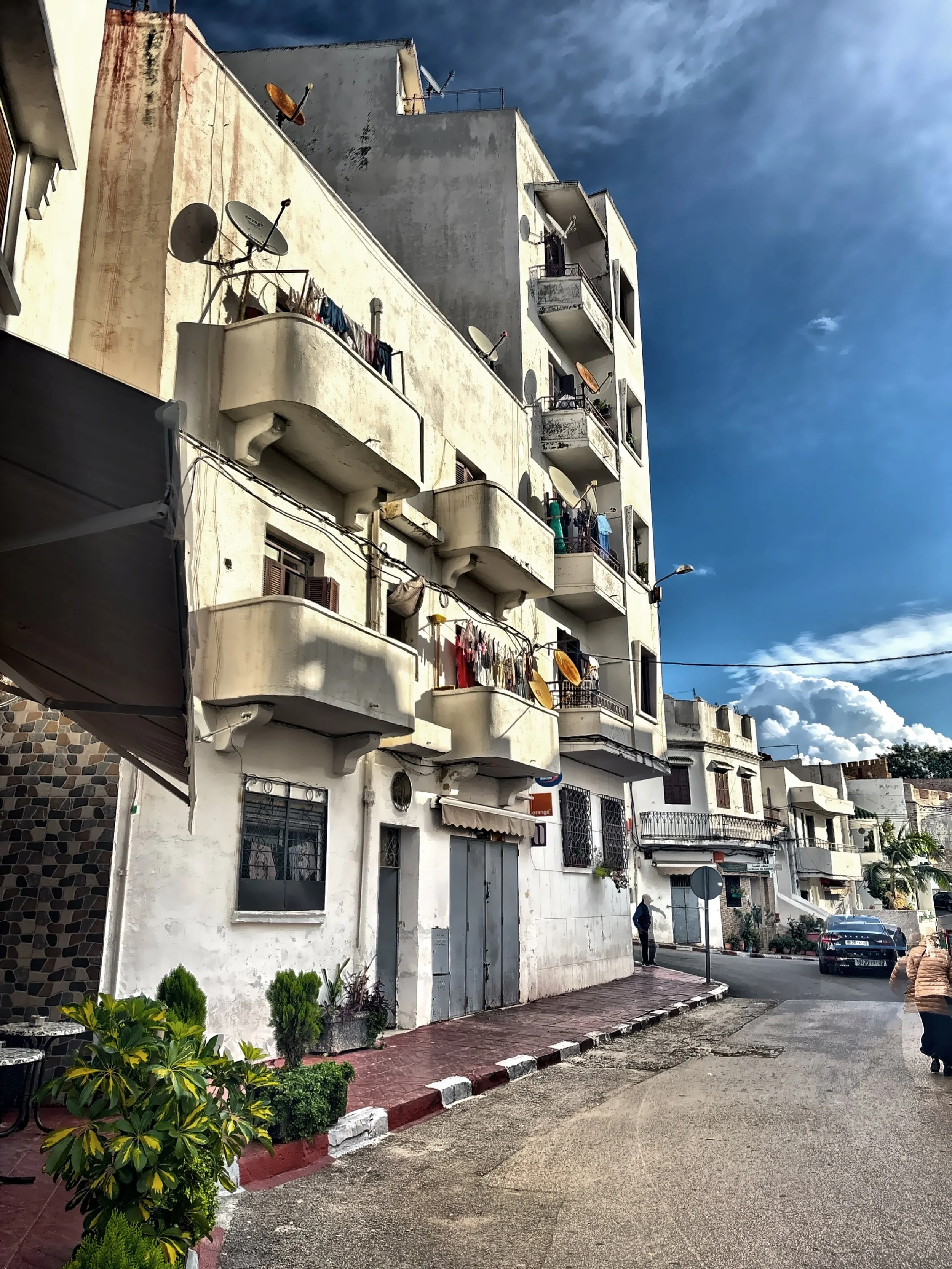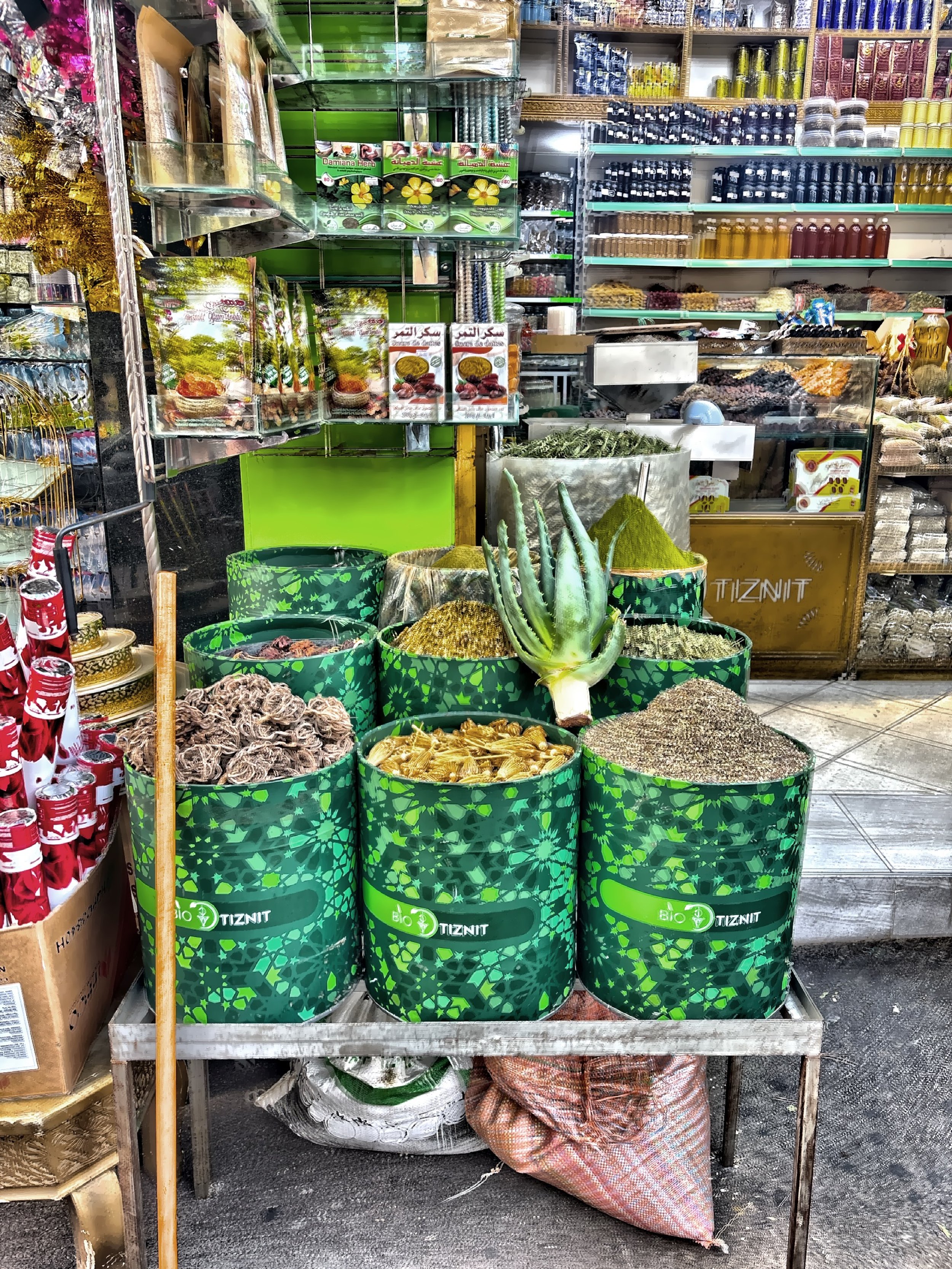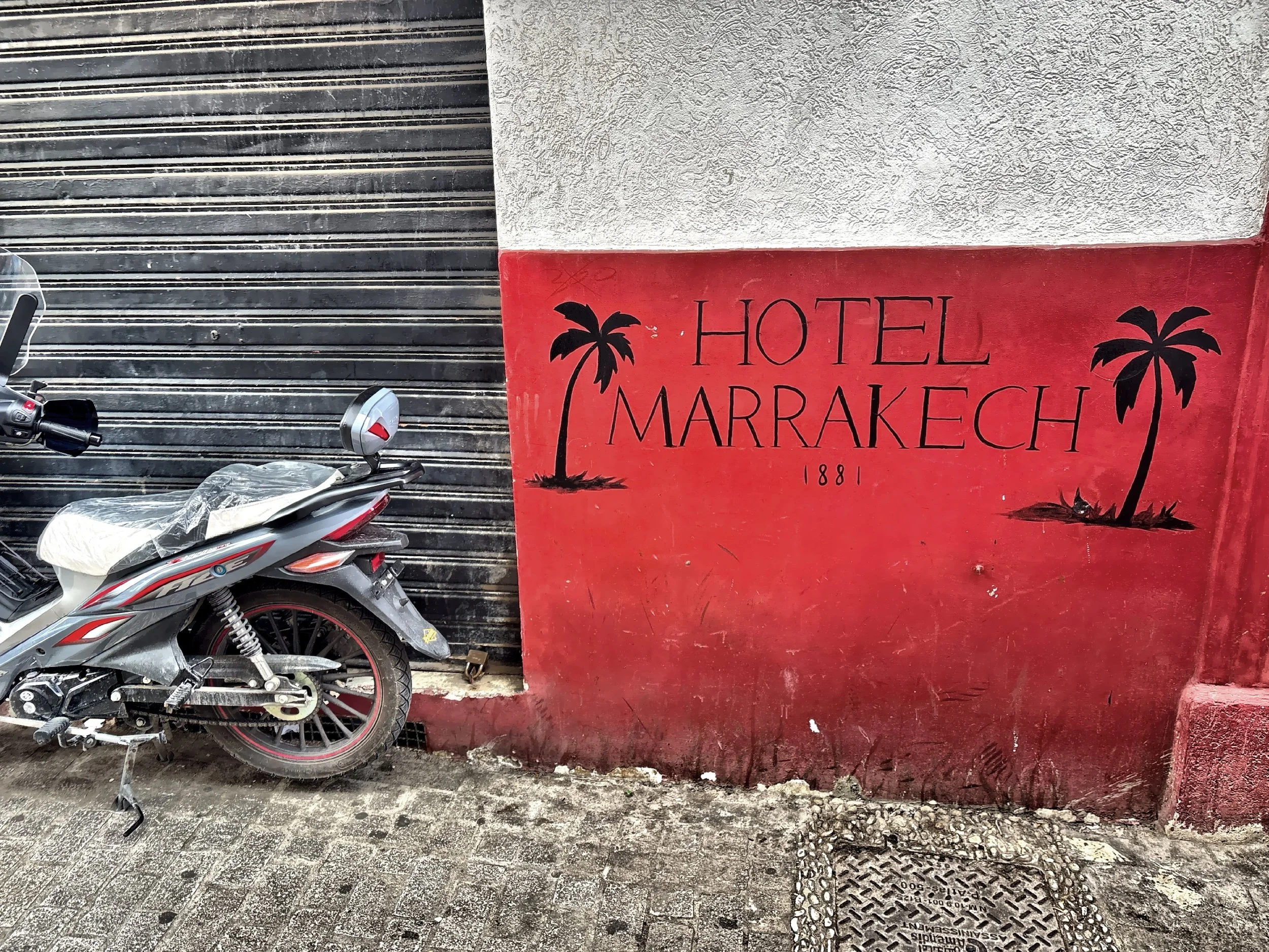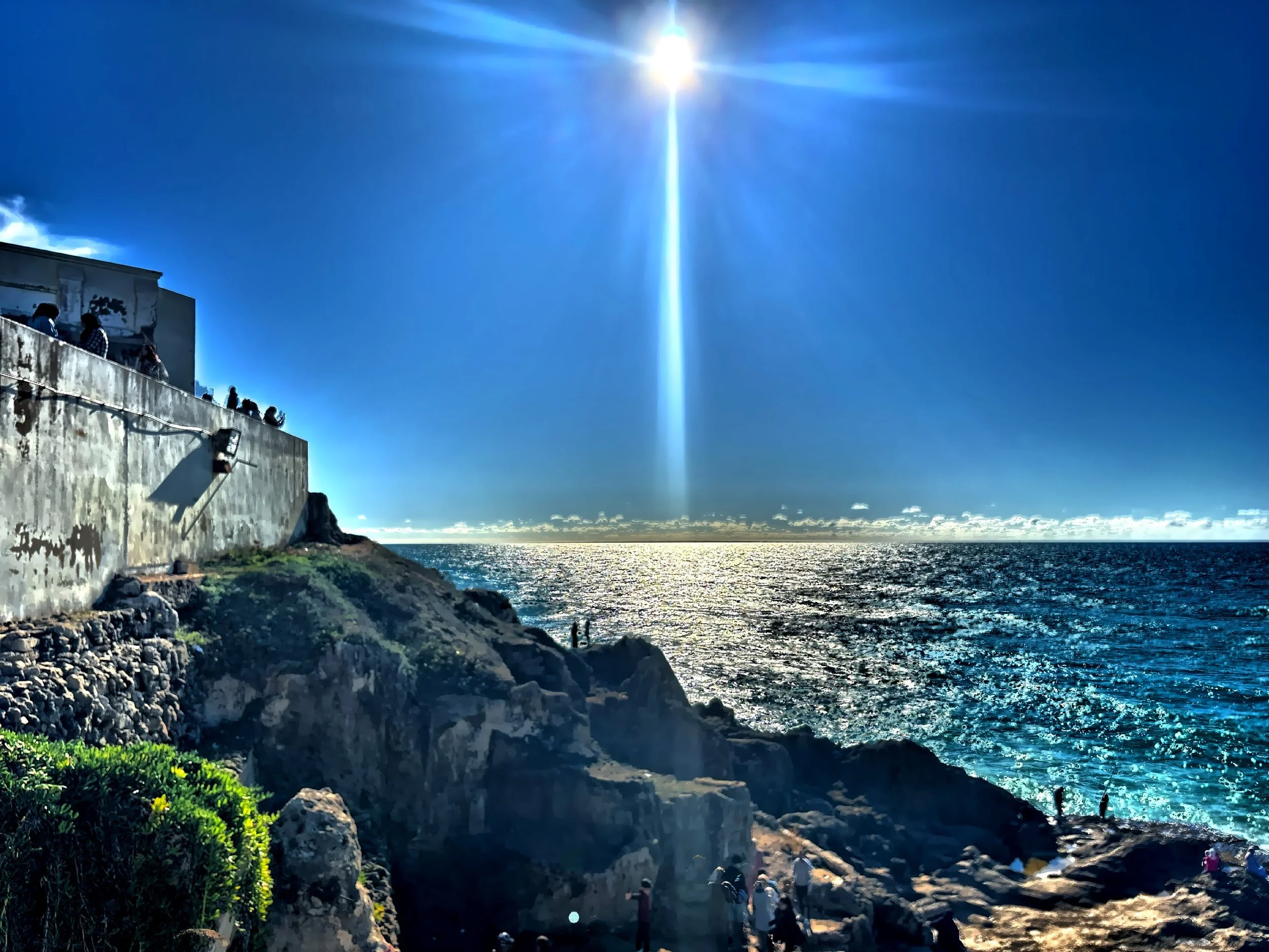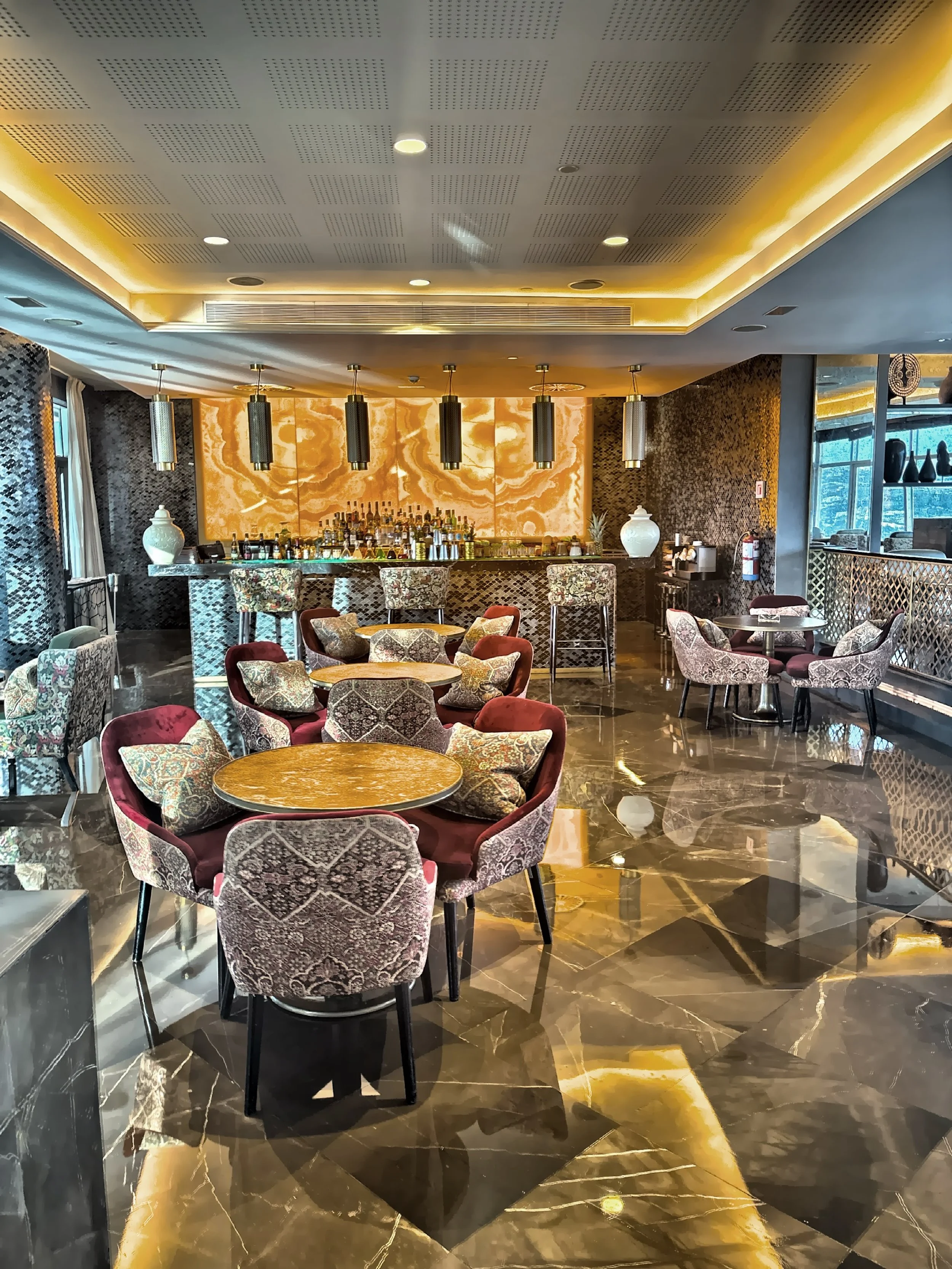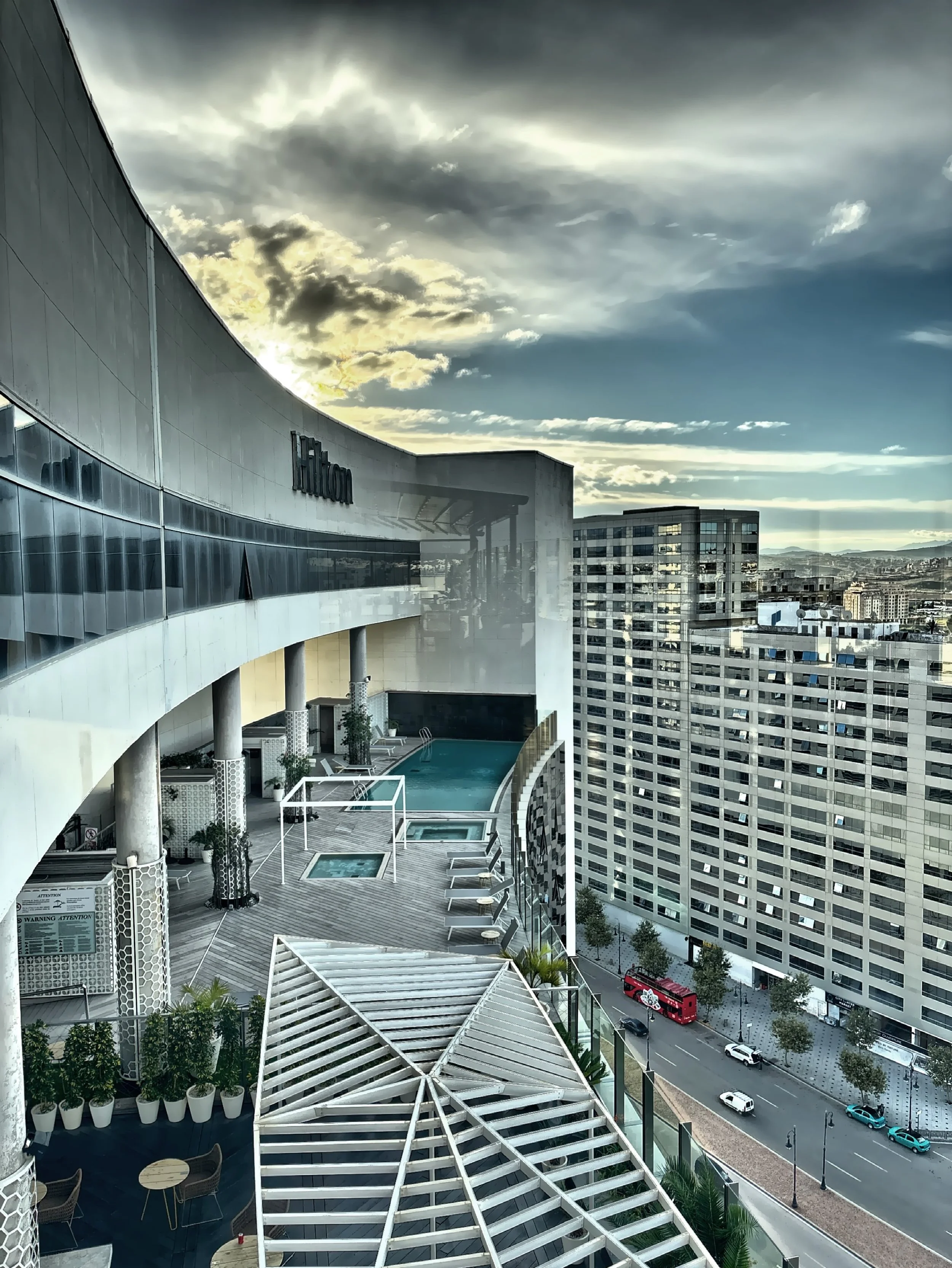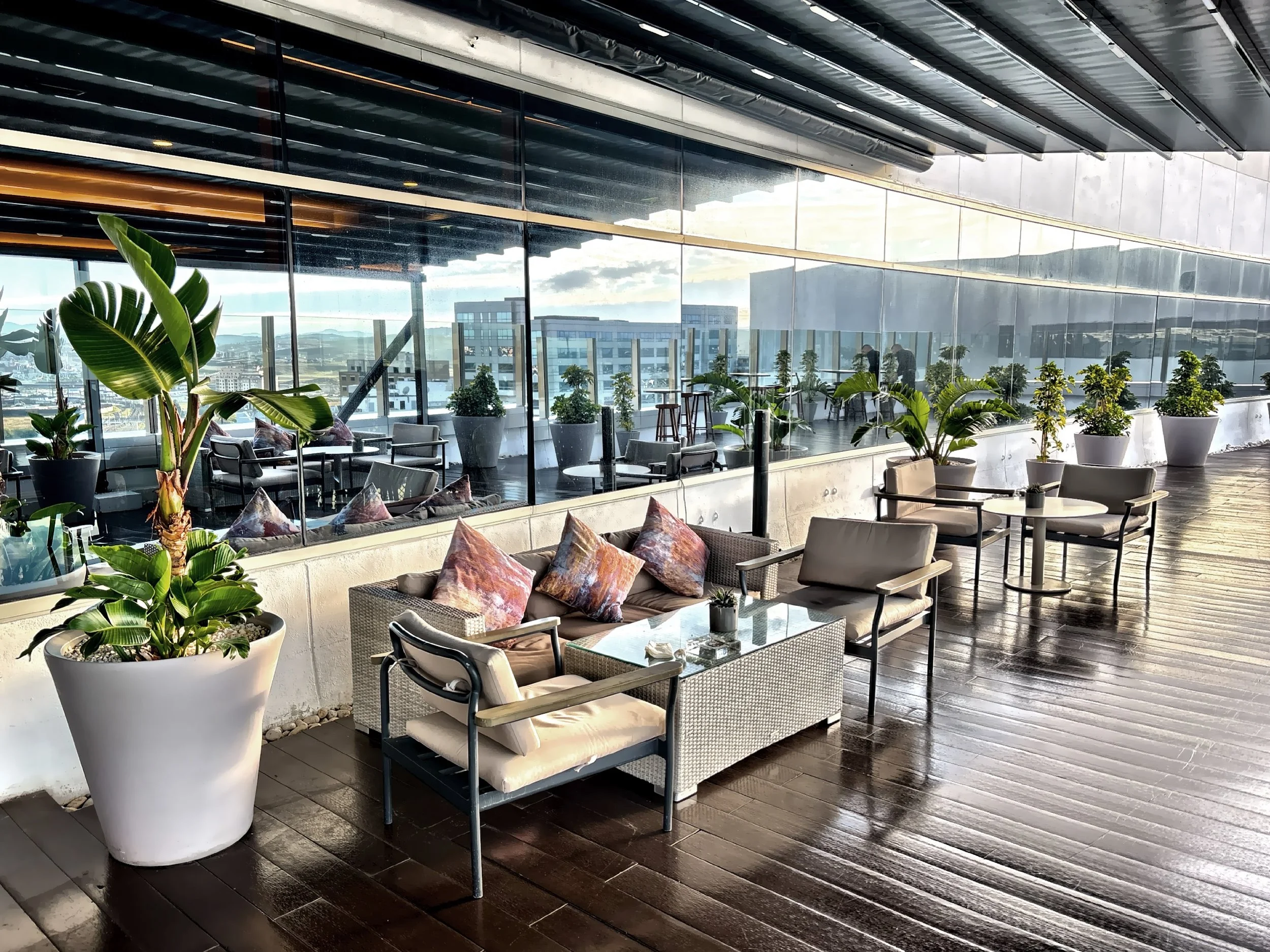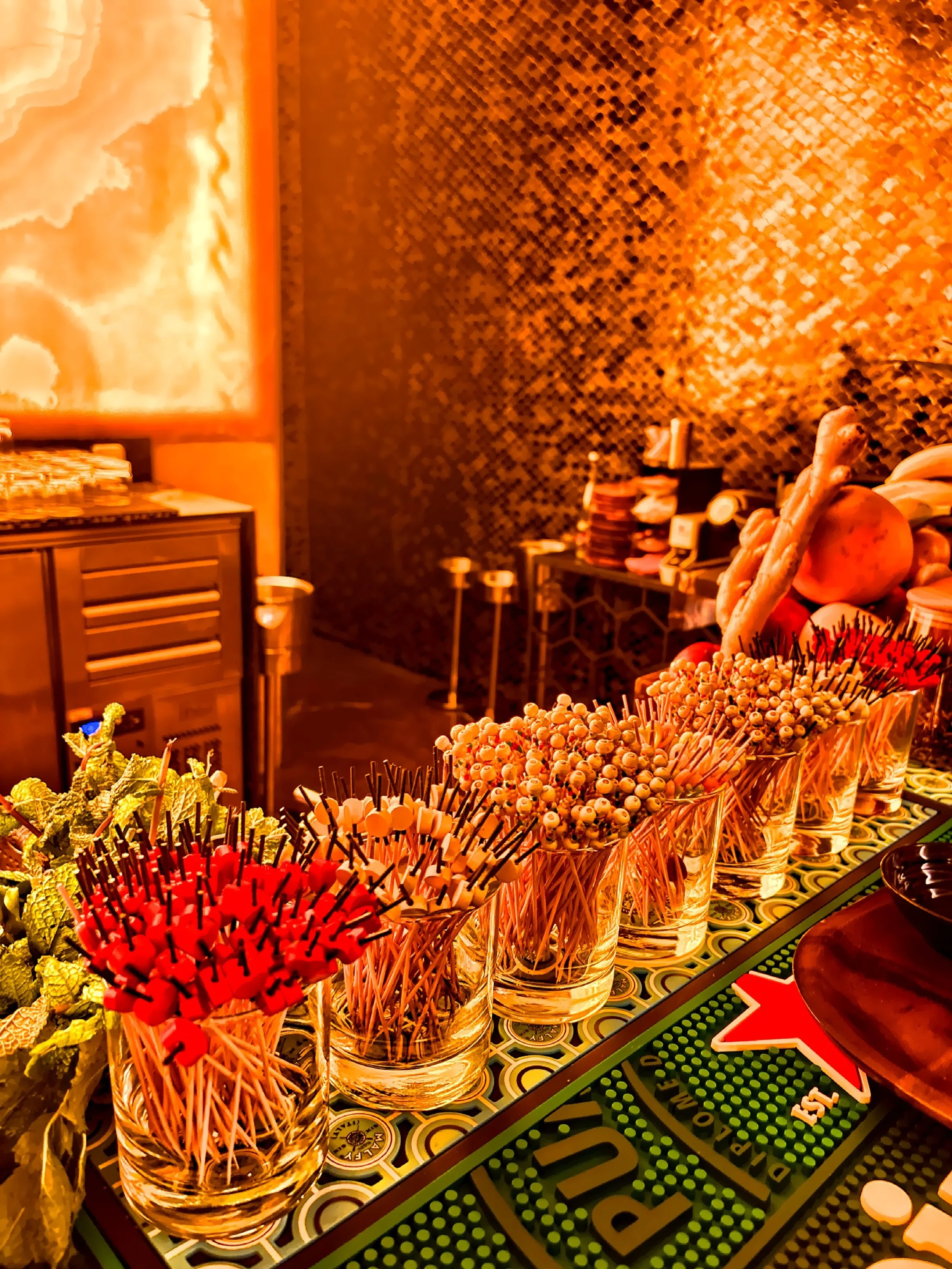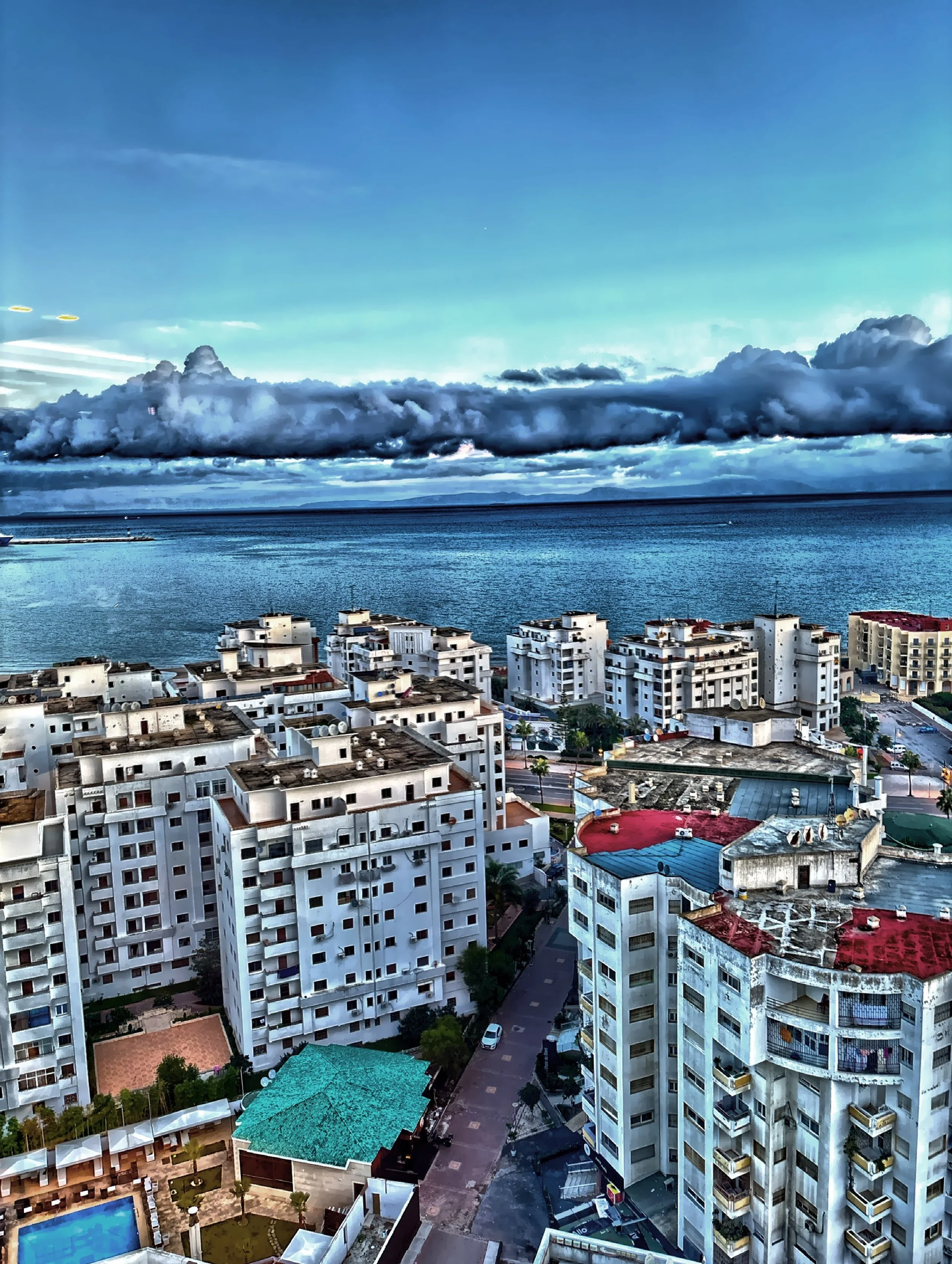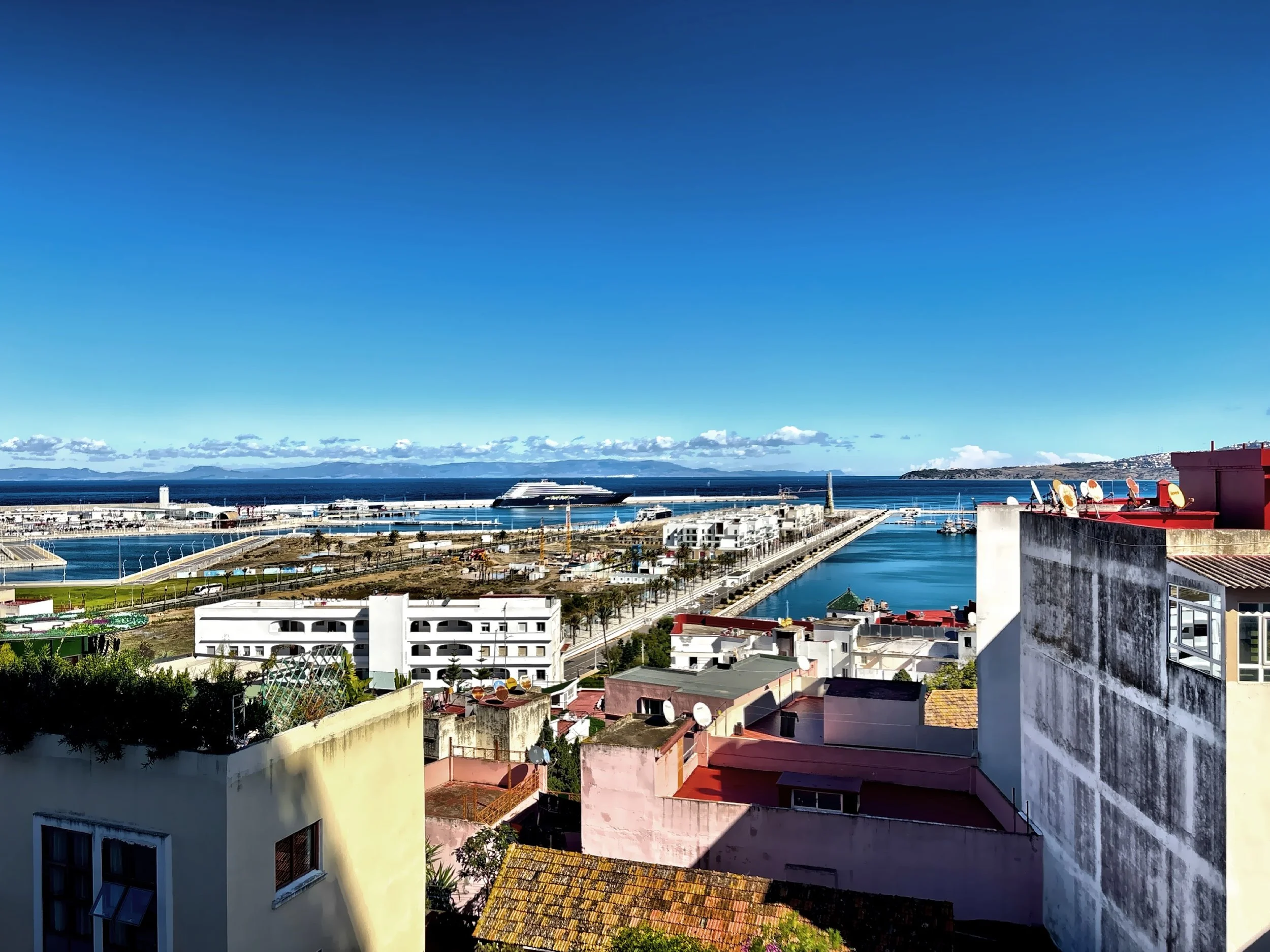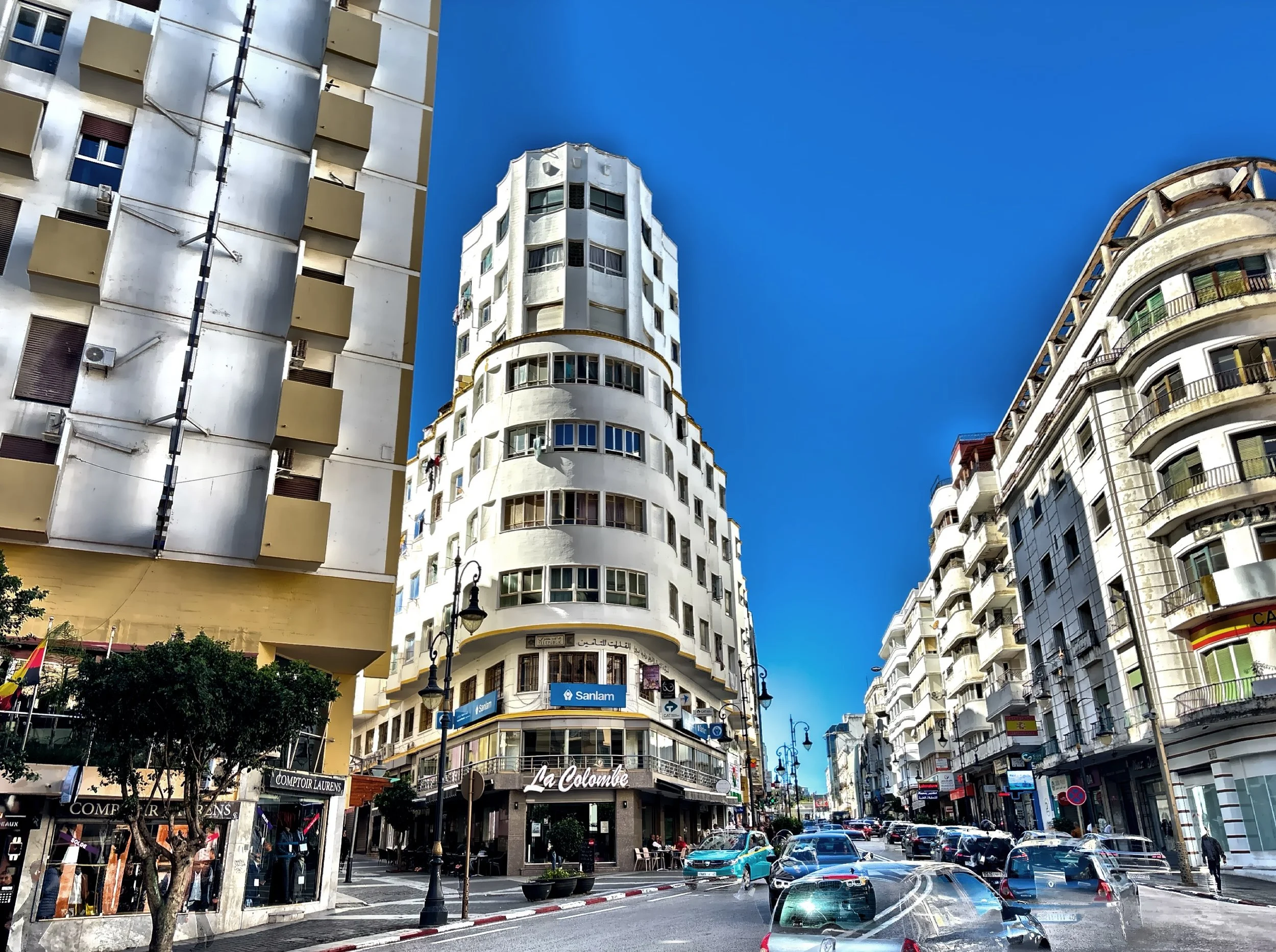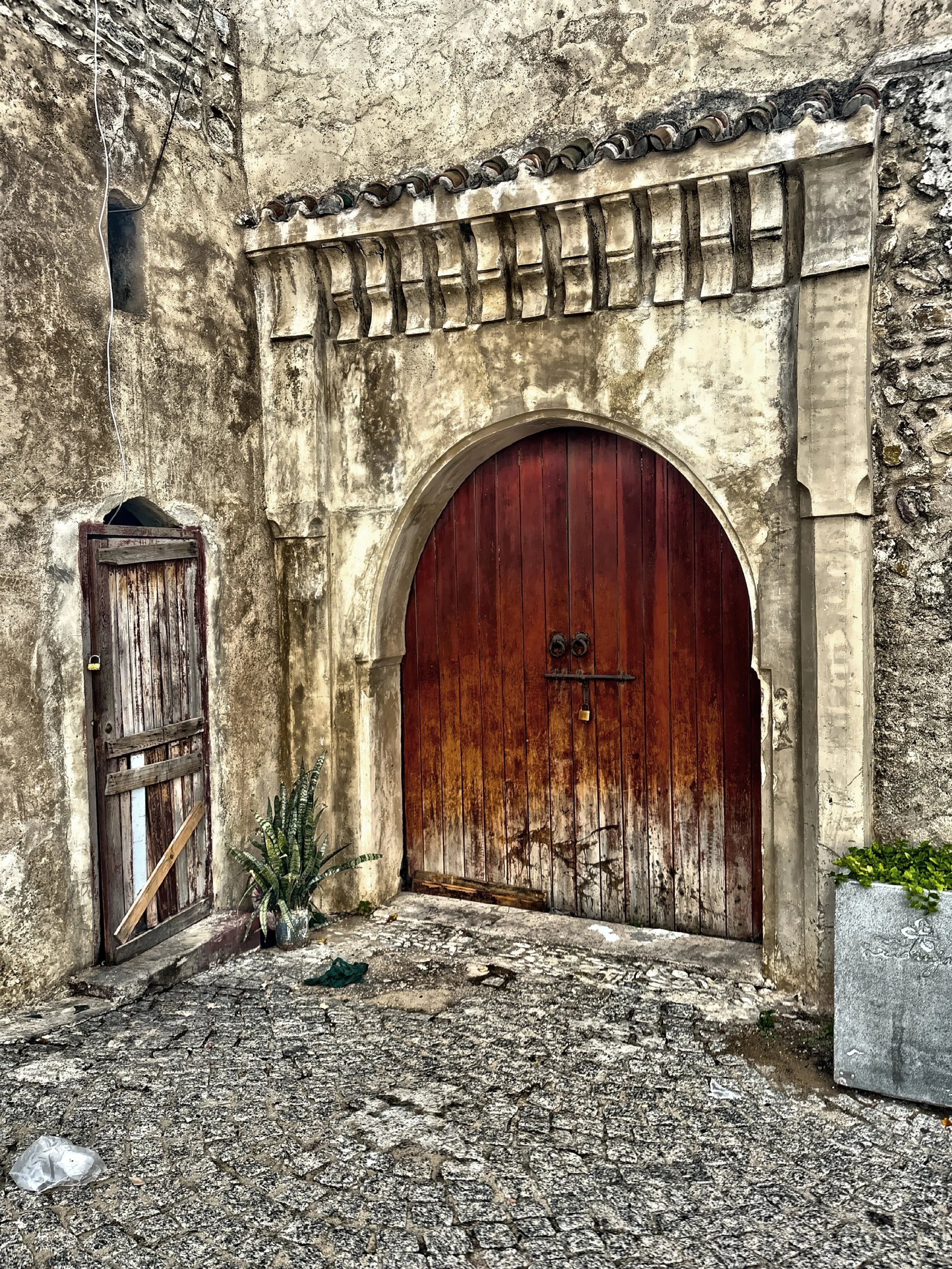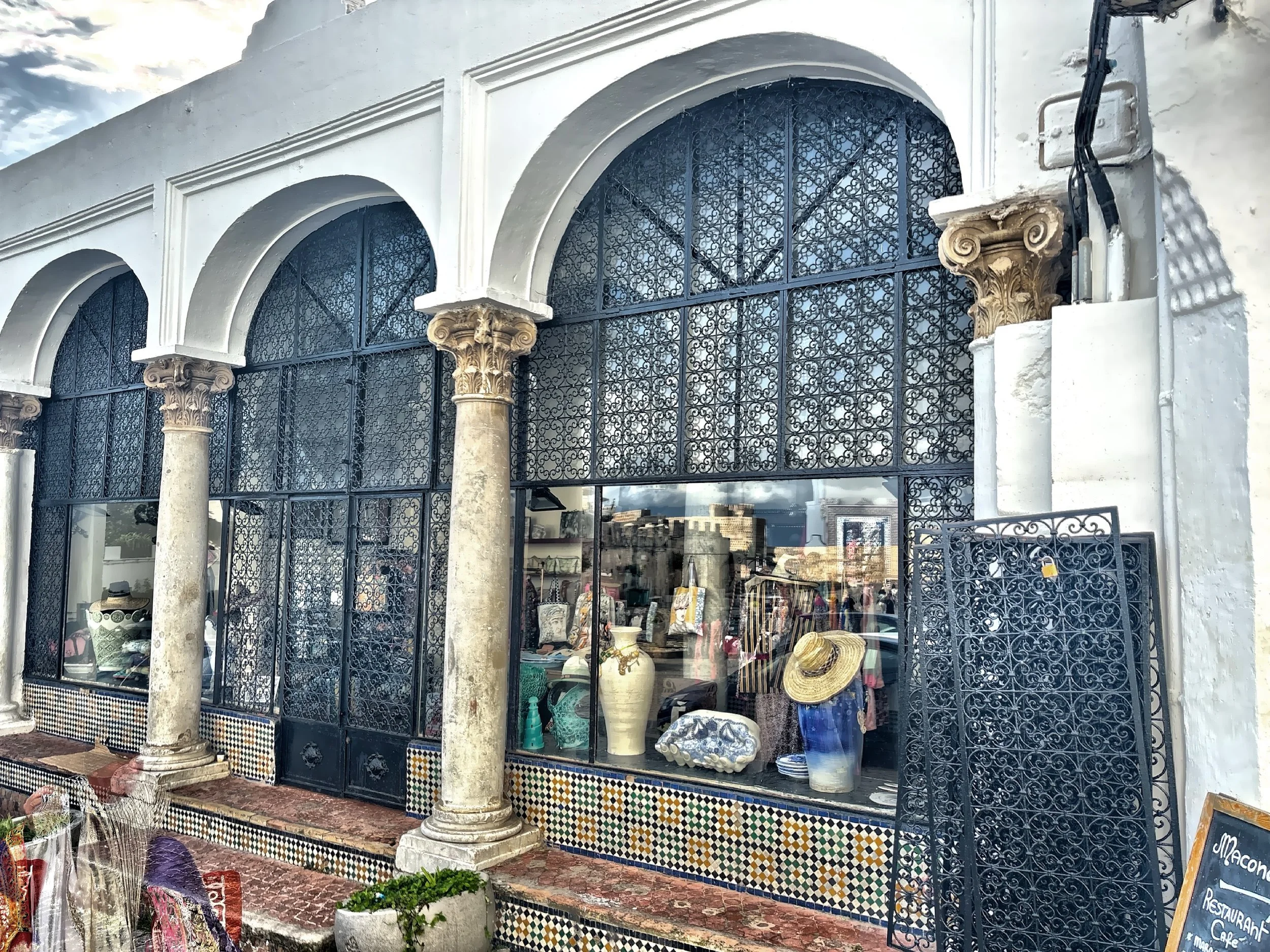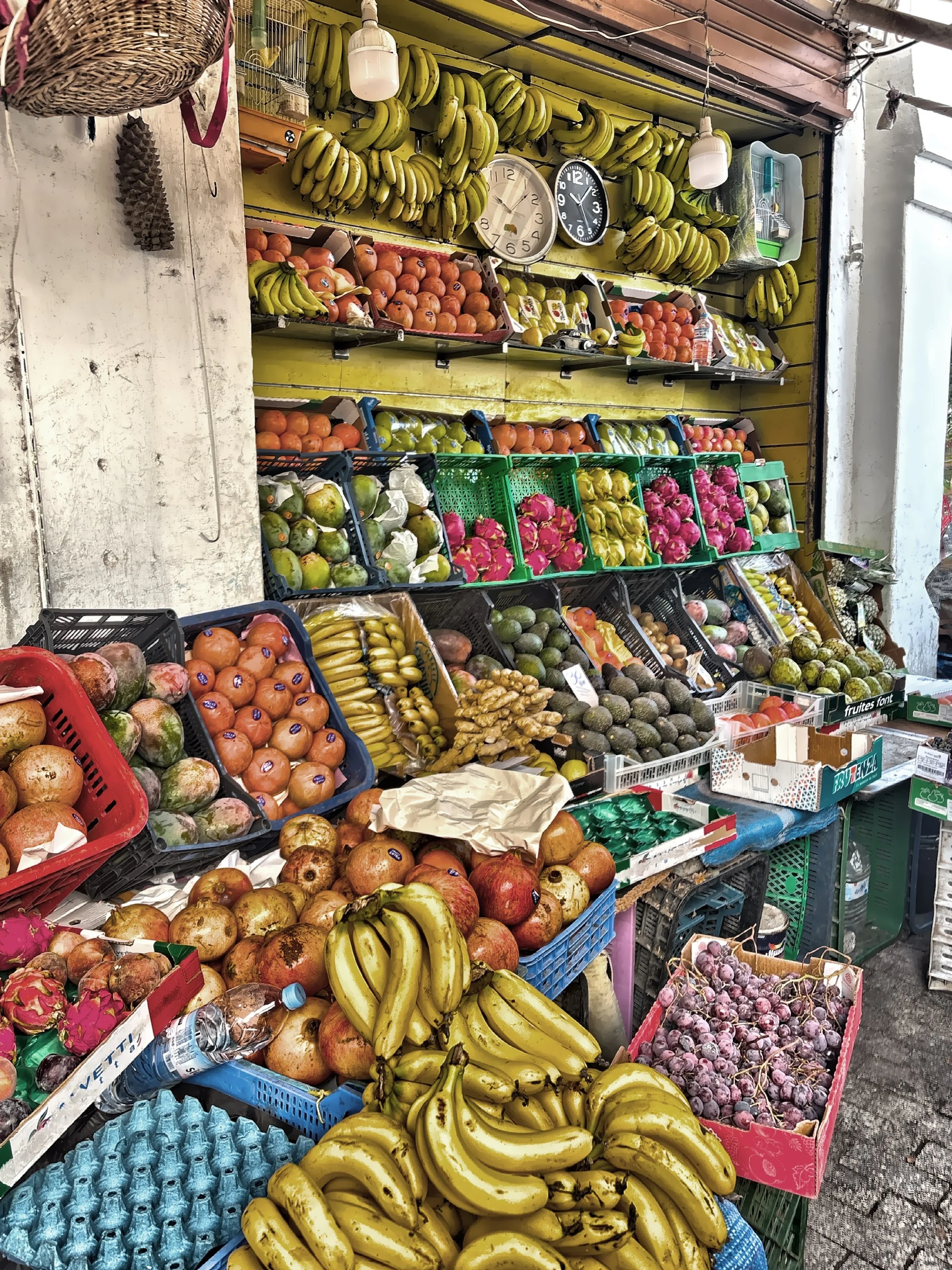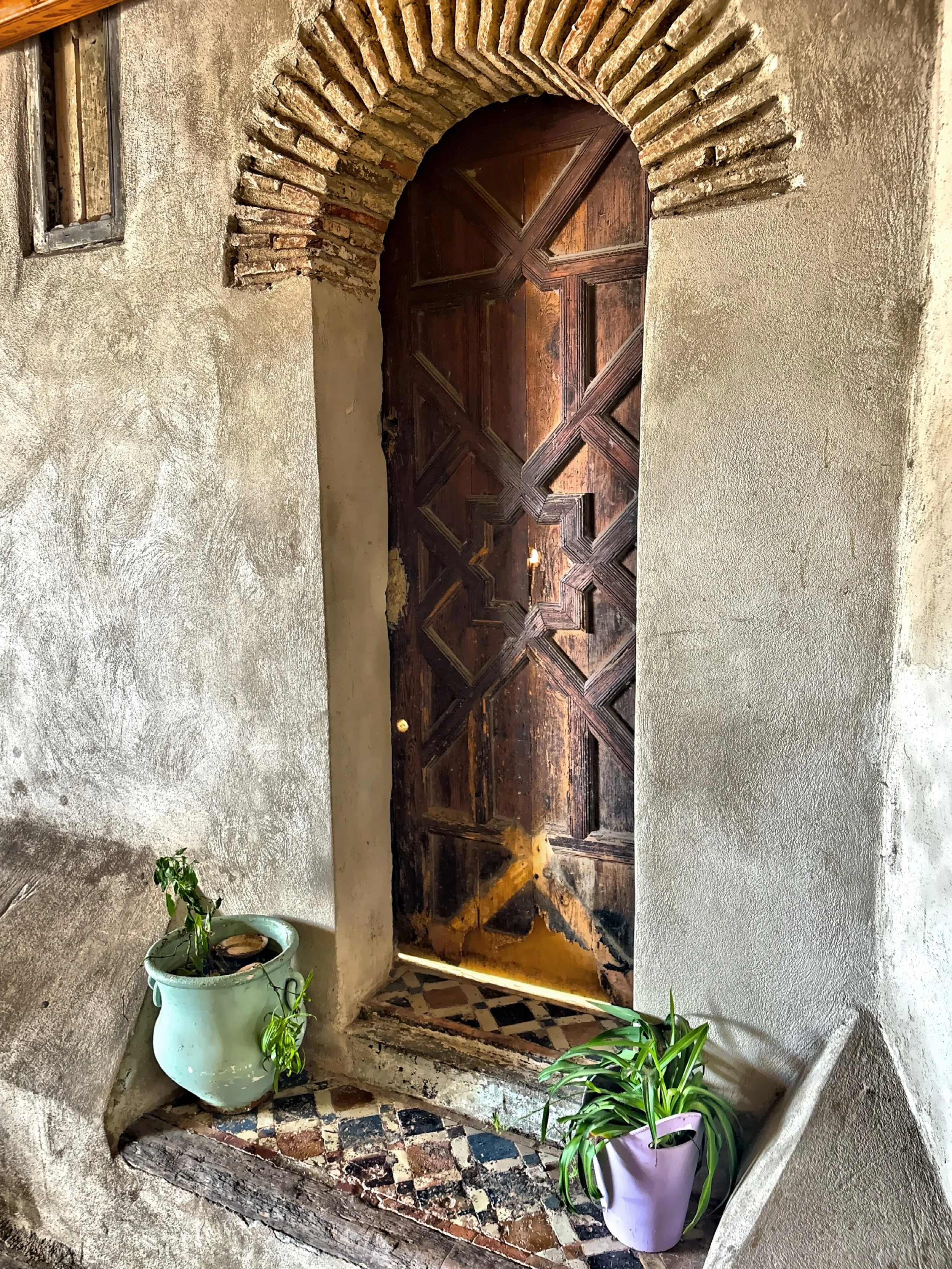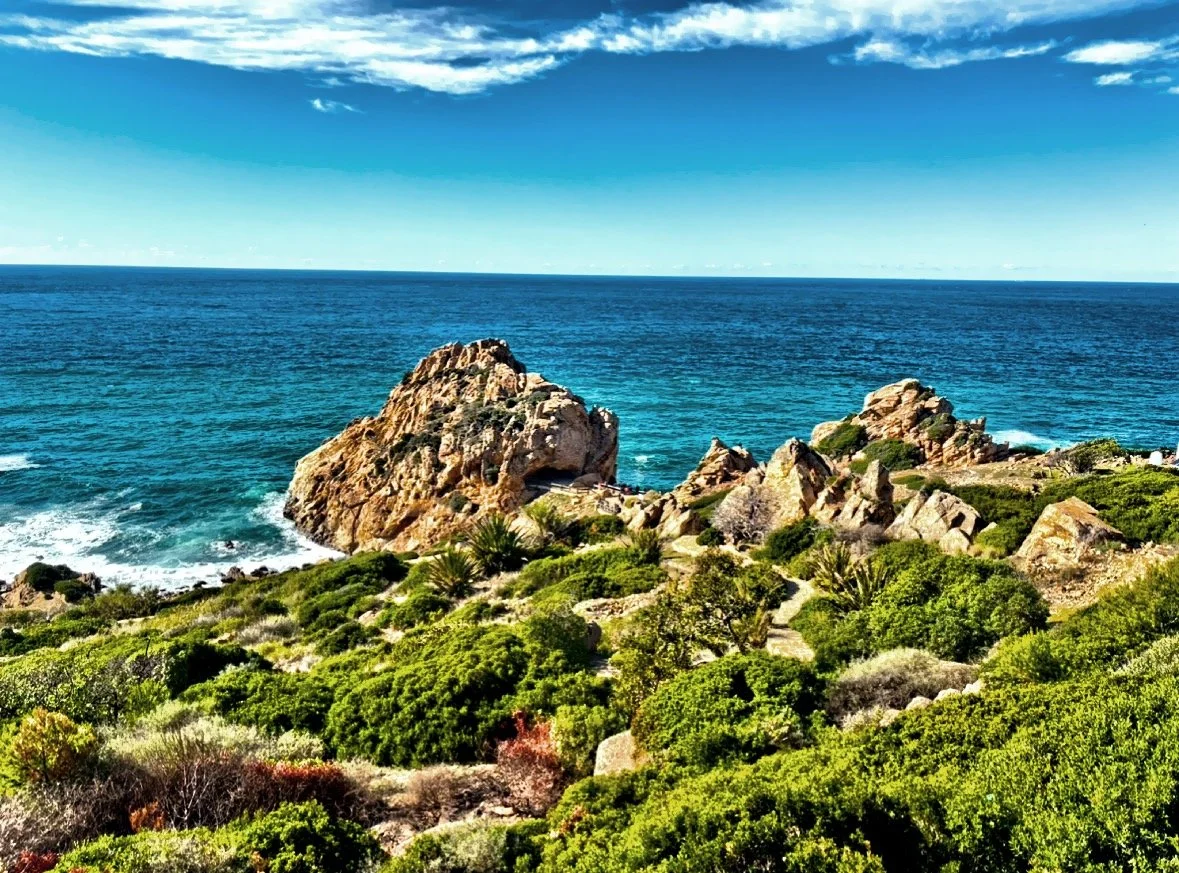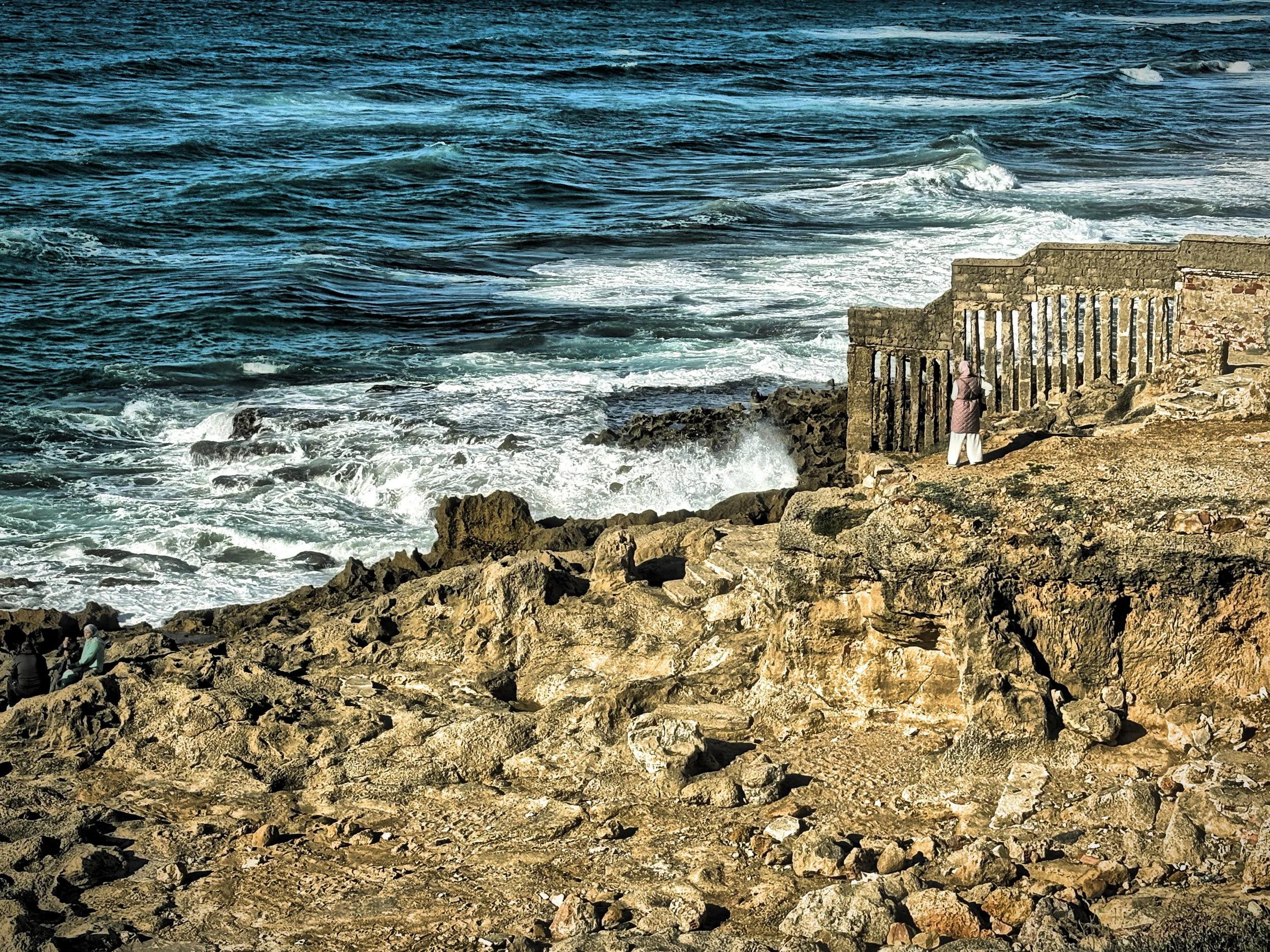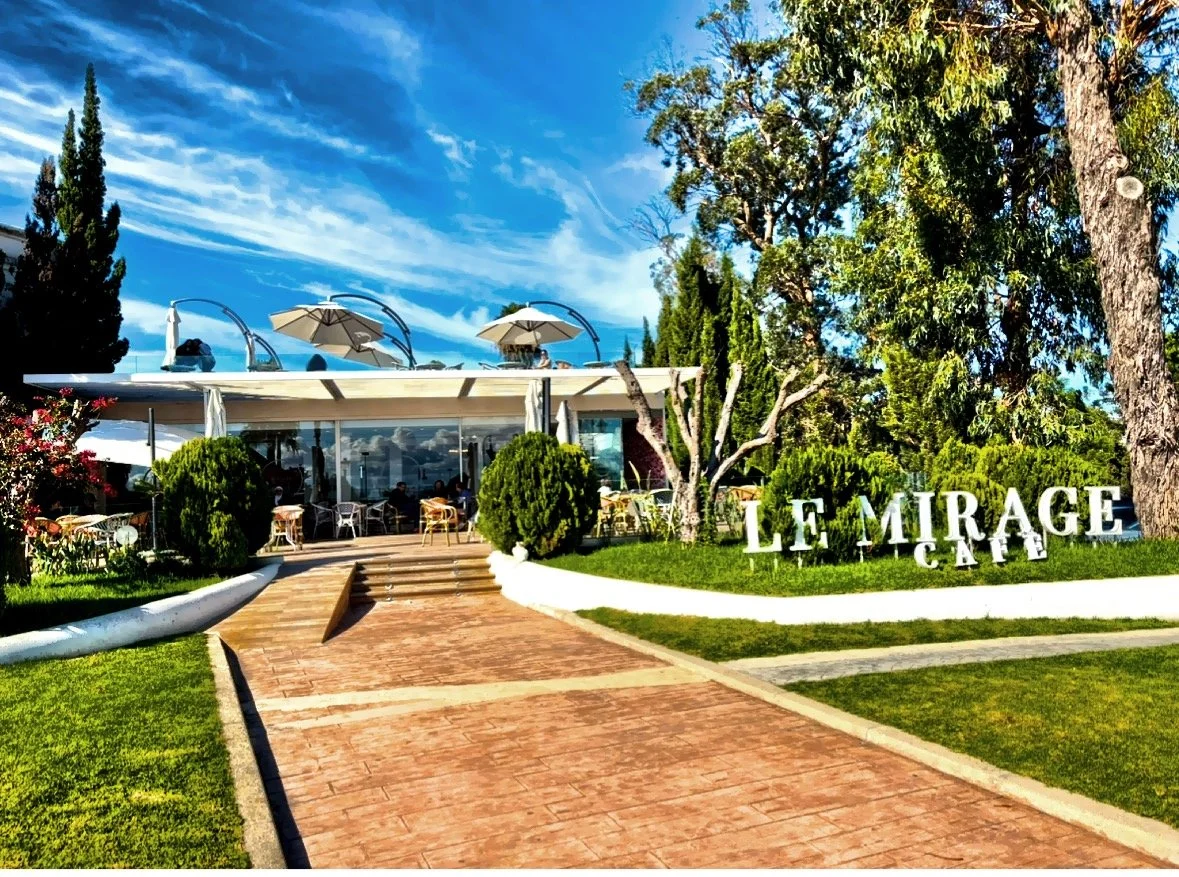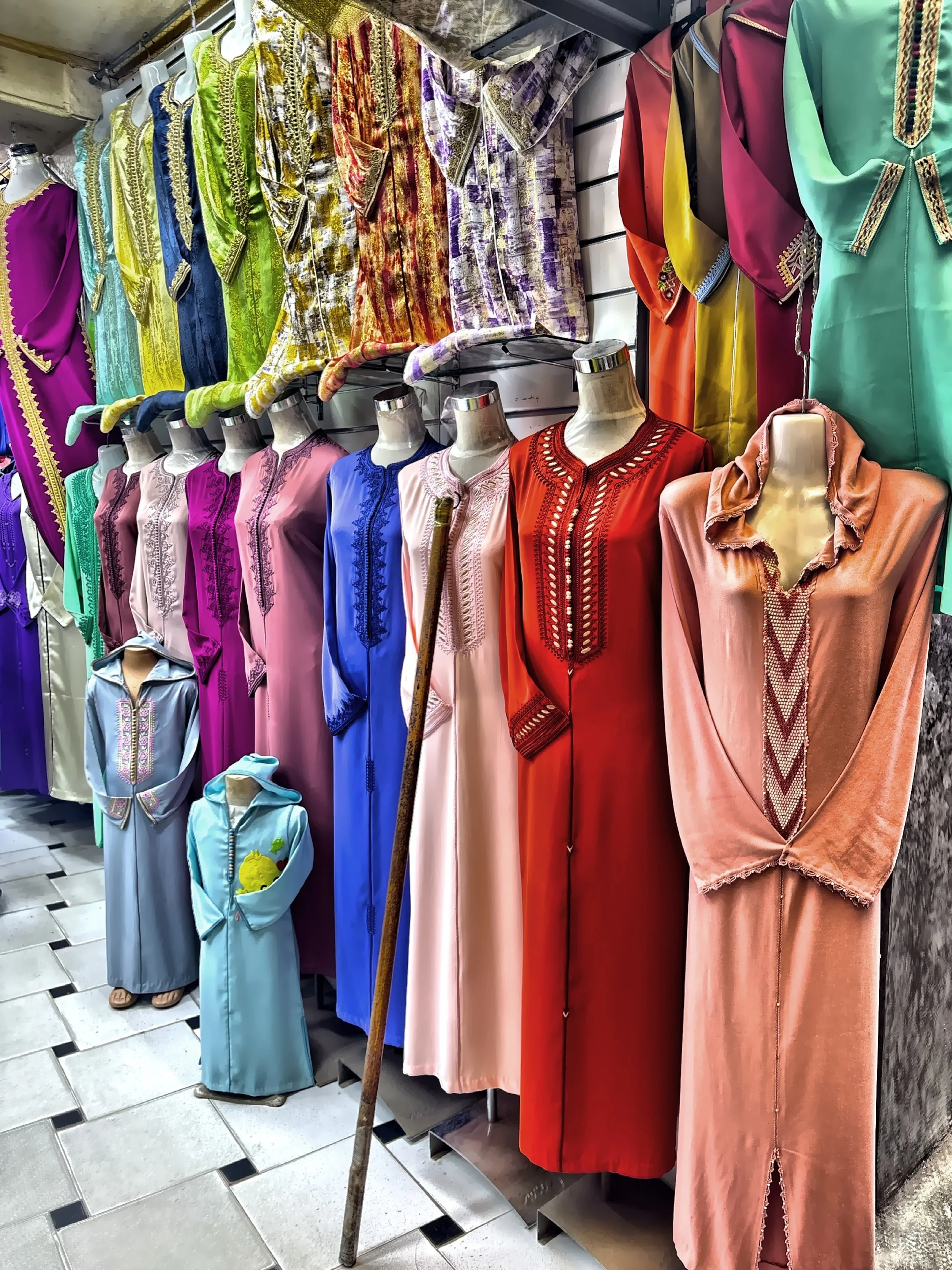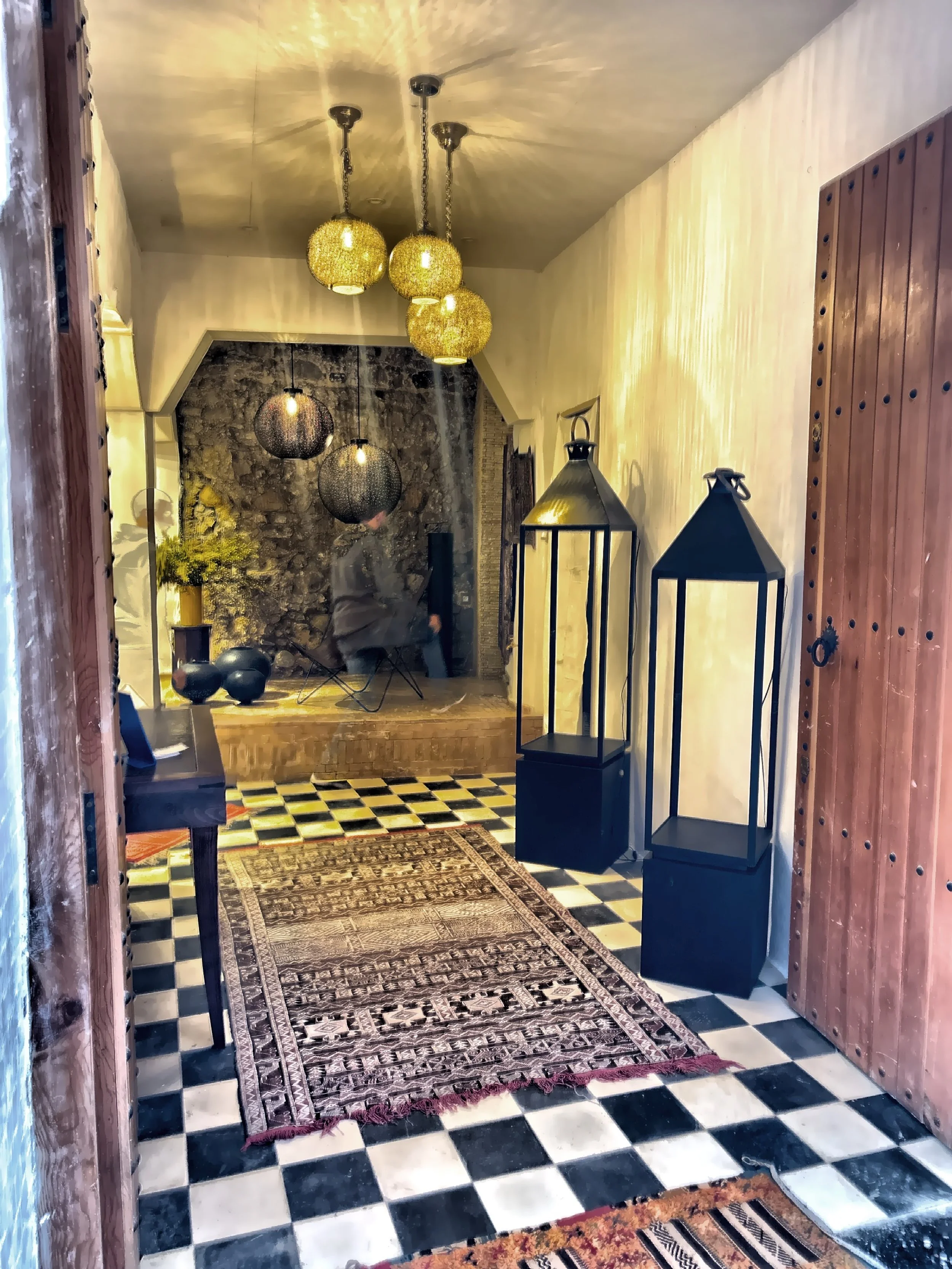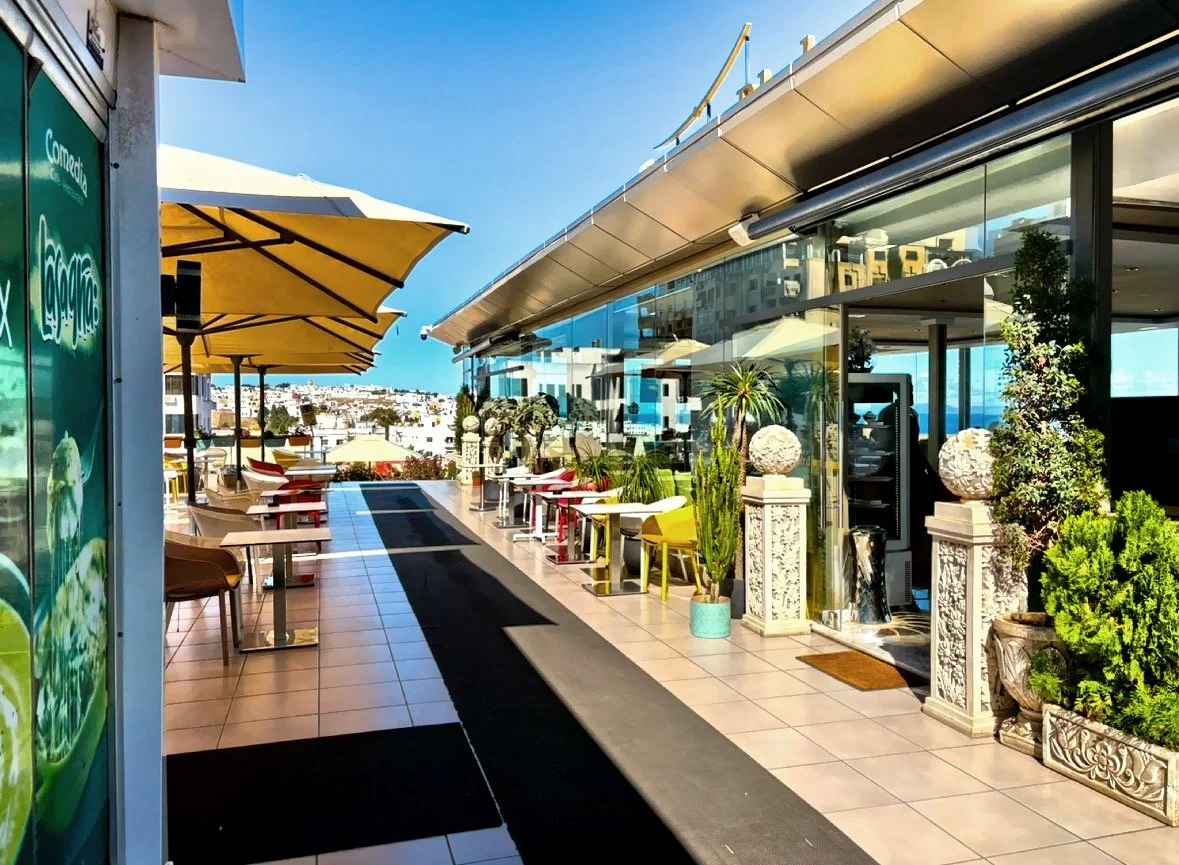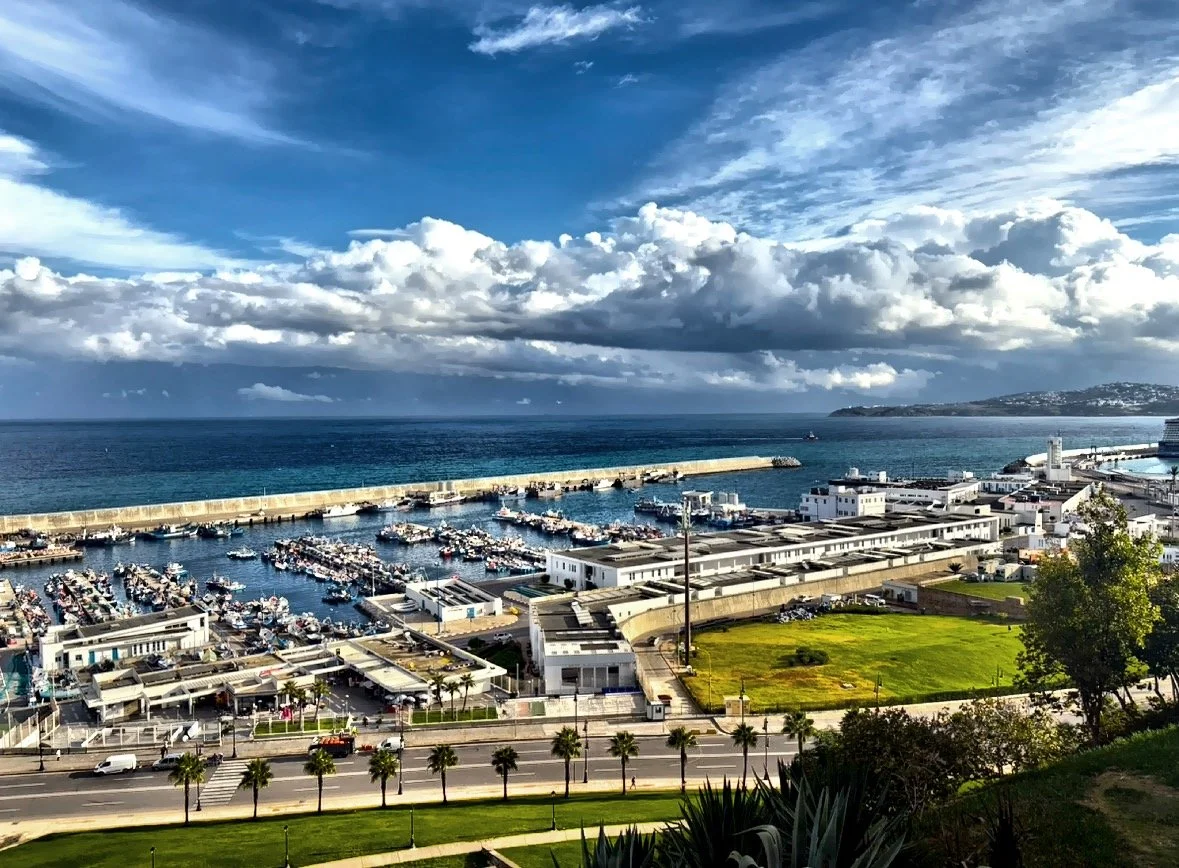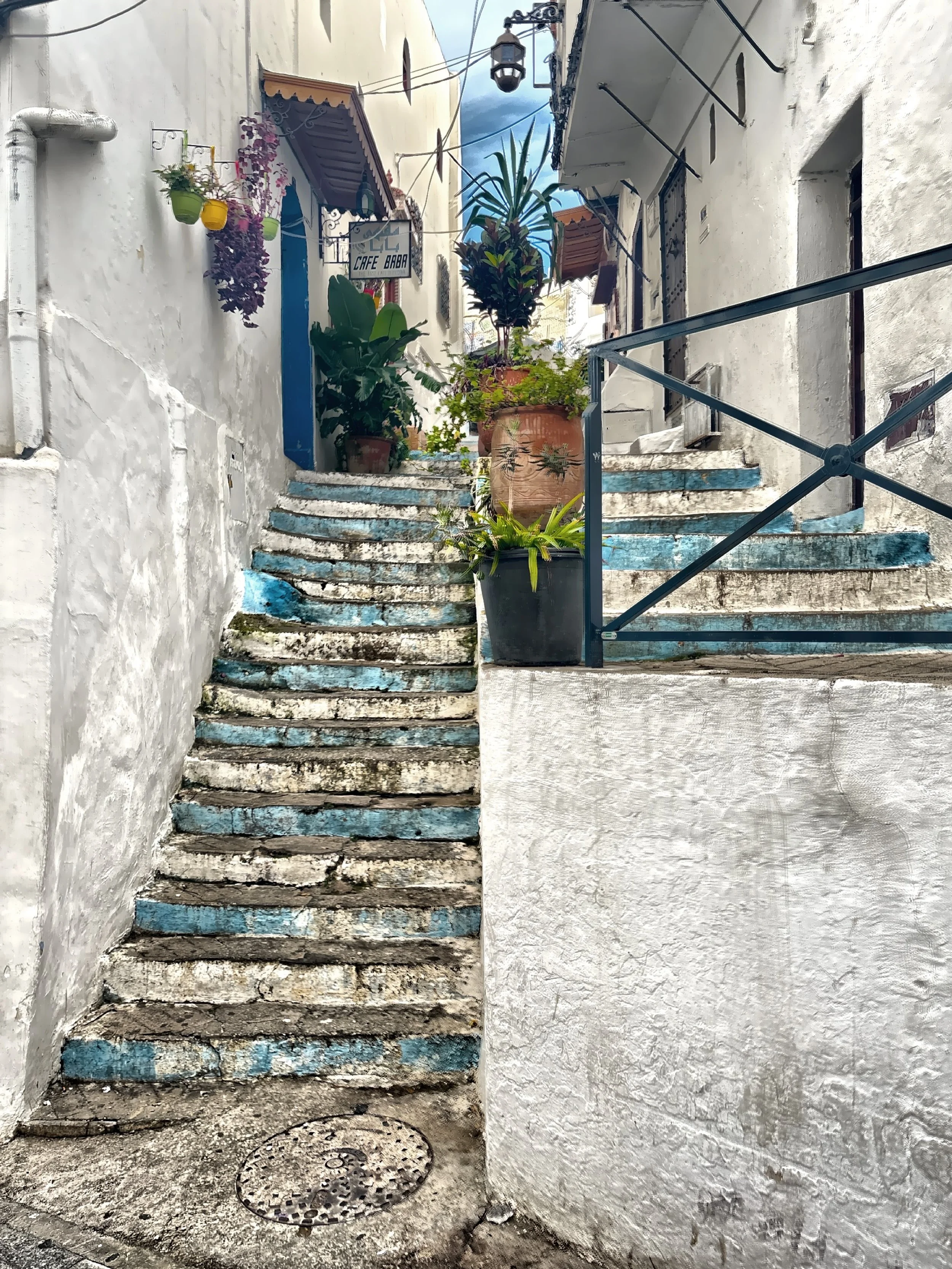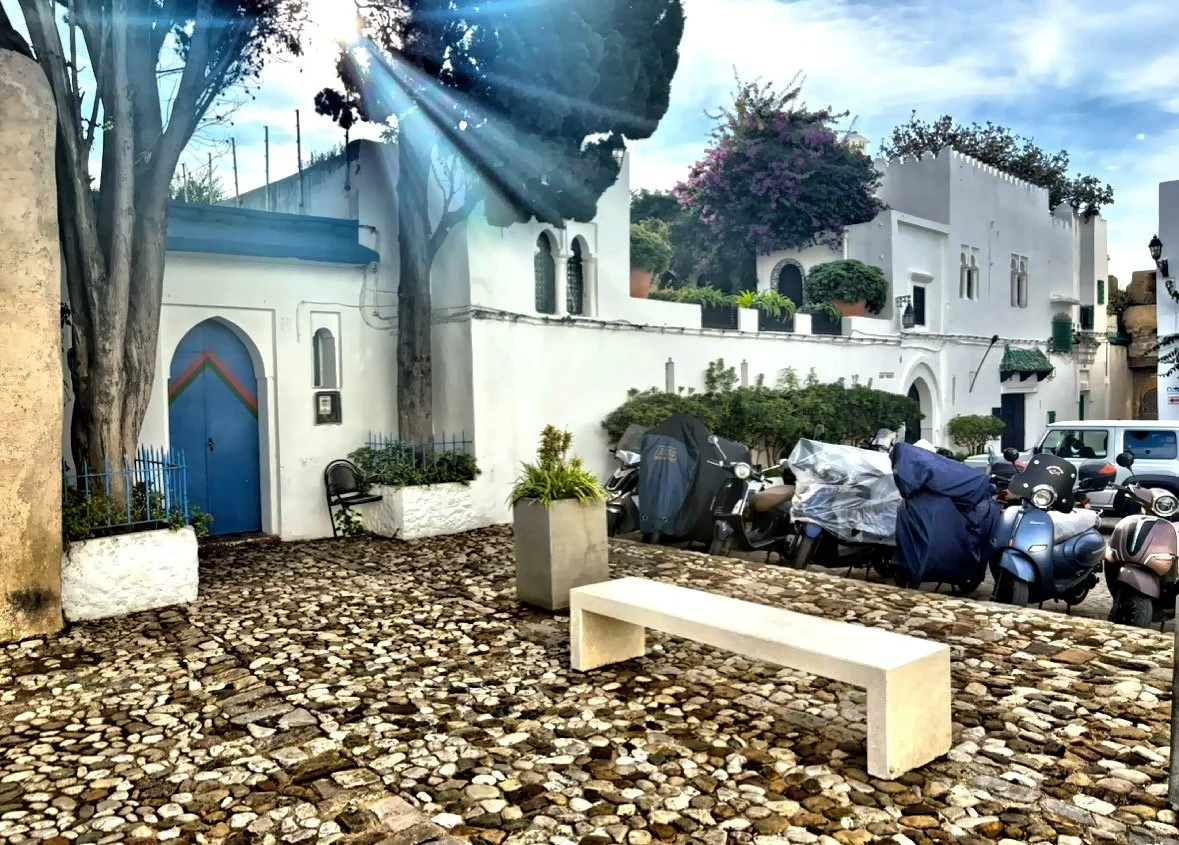Where the Atlantic Ocean & the Mediterranean Sea Meet - Tangier, Morocco
In northern Morocco, on the coast of Tangier where the Mediterranean and Atlantic waters converge, you'll discover a city with a rich history and a unique cultural blend, making it a fascinating place to explore. From its strategic location on the Strait of Gibraltar, which has made it a key point for trade and interaction between Europe and Africa, to the diverse array of inhabitants it has hosted over the centuries, Tangier embodies a crossroads of civilizations.
The city's long-standing significance is underscored by its historical importance to multiple empires and nations. It has been under the rule of the Moors, Romans, and Byzantines, among others, each leaving traces of their presence. The Portuguese and English also held control of Tangier at different points, contributing to the city's cultural and architectural diversity. Notably, Tangier was "awarded" to King Charles II of England as a gift for his marriage to the Portuguese princess, Catherine of Braganza. The British controlled the city until 1689, when Sultan Moulay Ismail and his army attacked and took over the land.
Tangier's role as a cultural melting pot reached new heights in the 19th and 20th centuries. The city became a hub for international figures such as diplomats, writers, spies, and artists, making it a place of political intrigue and artistic expression. Its status as an international zone, where several foreign powers exerted influence, fostered a unique atmosphere that attracted bohemians and intellectuals. This period of international influence ended with Morocco's independence in 1956.
The connection to Hercules and the Hercules Cave adds a layer of mythology and wonder to Tangier’s allure. The cave, a popular tourist spot, is tied to the legend of the hero’s final days, giving the city a fascinating mythological dimension.
Tangier's history with the United States is also significant. As one of the first countries to recognize the U.S. after its independence, Morocco holds a special place in American history. The U.S. diplomatic property in Tangier, a historic building, is the oldest American diplomatic property abroad and remains a National Landmark.
Like many Moroccan cities, Tangier is divided between its modern, cosmopolitan "new town" and the historic "Medina," or old town. The Medina, with its winding streets and traditional architecture, is enclosed by a medieval wall, preserving its ancient charm while offering a glimpse into the past.
This is what caught my eye; I hope you enjoy!
Do you like the images posted?
Click here to explore the shop.
What you should know:
Crossing a street can be very challenging in all of Morocco.
Morocco currency is the Moroccan Dirham.
Tipping is not generally expected, but feel free to leave extra when you receive exceptional service.
You will need a valid passport and a travel power adapter if you are from the United States.
There is a Moroccan tradition of drinking mint tea, often served in pretty glasses.
There are many restaurants and entertainment options.
Restrooms are available in some shops and restaurants.
Many public bathrooms in Morocco will ask for a few dirhams to use it.
You could spend anywhere from a couple of hours to a couple days exploring here.
Throughout Morocco, bargaining is a common practice. Always bargain for the best price.
Alcohol is not served in all restaurants or hotels.
The primary languages spoken in Tangier are Arabic, French, Spanish, and Berber are widely spoken. Some do speak English, German and Italian.
Morocco is a budget-friendly destination.
The Islamic call to daily prayers can be heard five times a day delivered from a minaret and can be heard across neighborhoods as a reminder. The Moroccan authorities generally do not enforce the act of praying, it is left to the individuals showing the balance between cultural and religious traditions and personal freedom.
For more information: Tangier, Morocco
If you enjoyed this post, feel free to check out my previous posts by clicking here.

